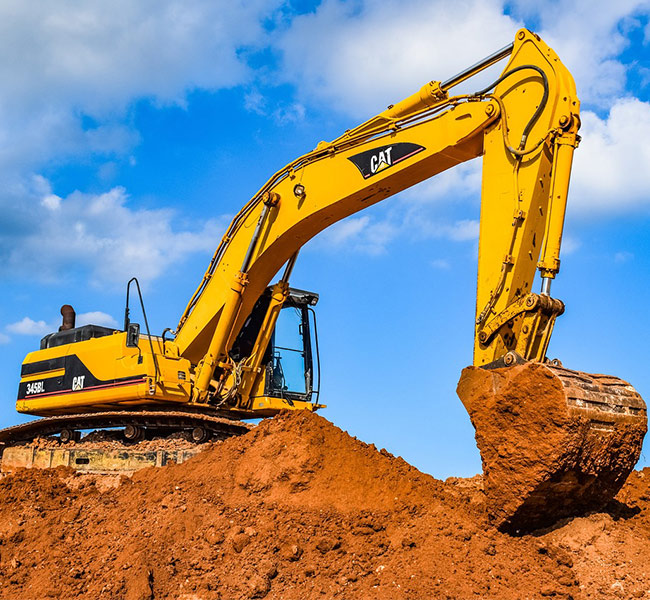Hydro Test
Hydro Testing: Ensuring Pipeline Integrity
Hydro Testing is a critical stage in the construction and installation of cross-country pipelines. It's an exhaustive process designed to test the structural integrity, durability, and safety of the pipelines. Here's a closer look at what this vital testing phase encompasses:
Step by Step Process

Hydrolastic Test
The entire length of the pipeline undergoes a hydrolastic test. It's an essential part of verifying the pipeline's strength and ability to withstand operational pressures.

Test Diagrams Preparation
Prior to the actual testing, hydrolastic test diagrams are created. These diagrams detail the number of test sections and define the minimum and maximum test pressures within each section.

Pipeline Cleaning
Before filling the pipeline with water for testing, it is meticulously cleaned using air-driven pigs equipped with spring-loaded brushes and chisels. This ensures the removal of all mill scale, rust, sand, and other debris from inside the pipe.

Water Filling and Pressure Testing
The pipeline is then filled with water, and the hydrostatic pressure is gradually increased to the specified test level. The pressure is maintained for a required time to ensure the pipeline's integrity.

Analysis and Result Interpretation
The test results are analyzed carefully. A positive result indicates that the pipeline has met the required standards and is ready for operational use.

Depressurizing and Dewatering
Once the test is successfully completed, the pipeline is depressurized at a constant rate. Dewatering is performed using four cup pigs driven by compressed air, followed by foam pigs to ensure complete removal of water.

Why Hydro Testing?
Hydro Testing serves a dual purpose:
- Safety Assurance: By replicating the extreme conditions the pipeline may face, Hydro Testing ensures that it is capable of performing under demanding scenarios without failure.
- Quality Control: Through a comprehensive inspection process, Hydro Testing confirms that the pipeline meets all regulatory standards and quality benchmarks.
